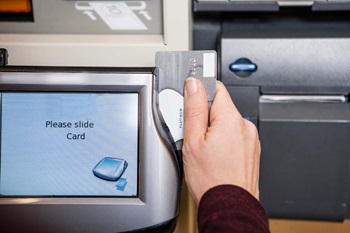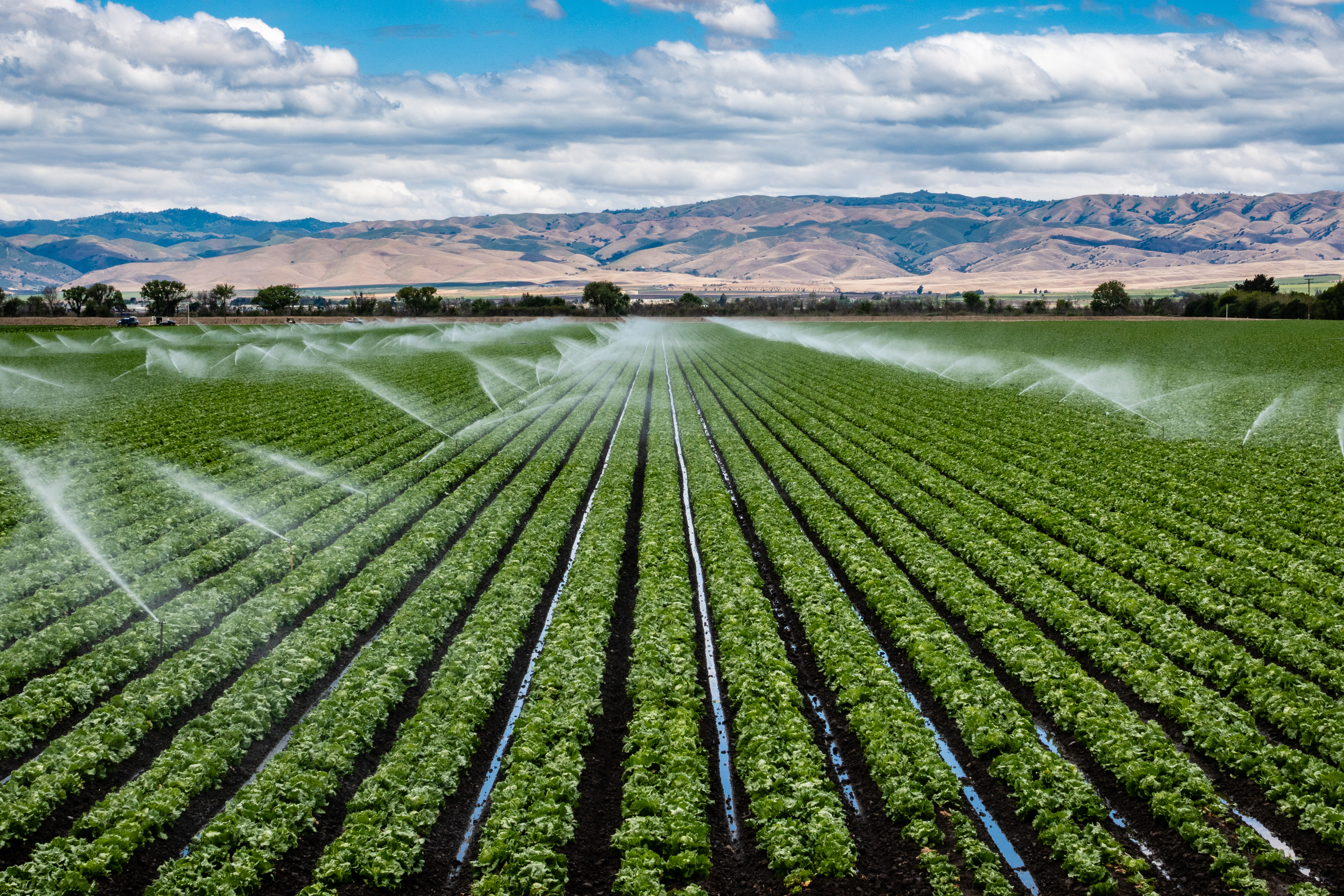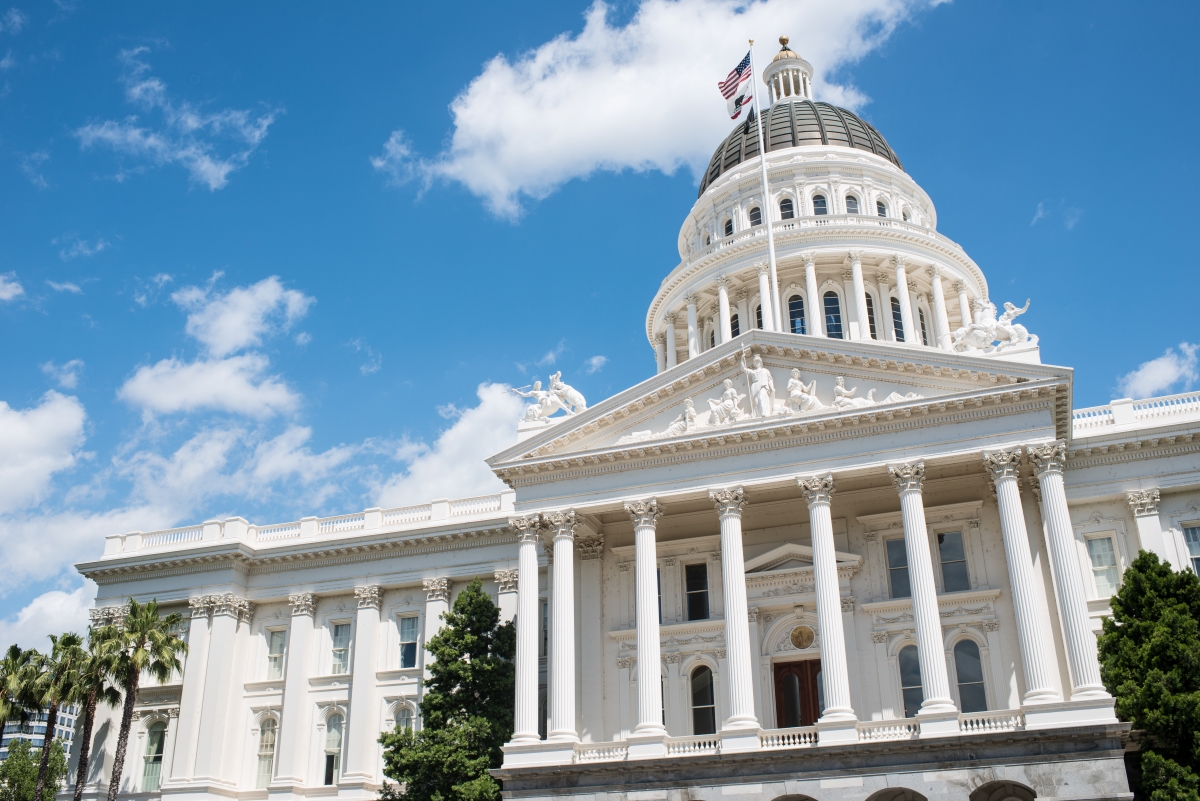By Michael Green, Manager, State Government Relations, Food Marketing Institute
 If you live near Chicago, Philadelphia, Santa Fe, Seattle, or in Northern California, you’ve probably heard a lot about soda or “sugar-sweetened beverage” taxes recently. If not, pay attention, since efforts to tax these items are a growing trend FMI has identified at the state and local level.
If you live near Chicago, Philadelphia, Santa Fe, Seattle, or in Northern California, you’ve probably heard a lot about soda or “sugar-sweetened beverage” taxes recently. If not, pay attention, since efforts to tax these items are a growing trend FMI has identified at the state and local level.
A proposed soda tax was just defeated in a special election in Santa Fe last week and as early as next month, the City Council of Seattle, Washington could vote on a 1.75-cent per ounce sugar-sweetened beverage tax ordinance. Meanwhile, similar proposals are being discussed in Portland, Oregon, Multnomah County and Spokane, Washington, and several states, including California, Connecticut, and West Virginia.
How did we get here? Well, more than 30 states and the District of Columbia already apply sales tax to regular, sugar-sweetened and diet soda sold at retail, as of January 1, 2014 (State Laws for School Snack Foods and Beverages). The new breed of recent beverage-specific taxes, however, began in Berkeley, California in 2015, when the city enacted a penny per ounce tax on the distributors of sugary beverages – the first of its kind. In November 2016, Berkeley’s fellow Northern California cities of Albany, Oakland, and San Francisco, in addition to Boulder, Colorado, followed suit by approving similar taxes by ballot measure. Also that year, the city and county councils of Philadelphia, Pennsylvania and Cook County, Illinois, respectively, enacted soda taxes of their own.
The exact amount levied by these taxes varies by locality, ranging from one penny (the California cities) to two-cents (Boulder, CO) per ounce. This may not sound like much, but it can add up. For example, forecasts of the Seattle proposal estimate that if the tax were implemented, the price of a typical 99-cent 2-liter bottle of soda would jump to $2.17, while a 12-pack of 12-ounce soda cans would cost an extra $2.52. Additionally, although referred to as “soda taxes,” these measures cover a wide range of beverages, including healthier options such as diet sodas, juices, teas, energy drinks, flavored waters, and sports drinks.
The increase in price, combined with the breadth of products affected should worry retailers. In Philadelphia, where the beverage tax has been in effect since January, Coca-Cola reports that its sales volume is down 32 percent year-to-date in retail and grocery stores. Indeed, the evidence suggests that many consumers are ditching the Philadelphia market entirely. A group of Philadelphia small businesses and trade associations estimates that local businesses are seeing total sales drop as much as 20 to 40 percent as families avoid the tax and do more shopping in nearby suburban stores. This drop in sales additionally suggests that the City Council will not receive the predicted revenue increase to fund its Pre-K efforts.
Price increases are concerning enough, but the deliberate efforts by local governments to make the increases as opaque as possible to consumers are perhaps even more so. In most cases, this is achieved by levying the tax on beverage distributors. But consumers still end up fronting the bill when the price of covered beverages consequently rises. Even in Cook County, Illinois, where the tax is levied on the consumer instead of the distributor, retailers are nonetheless prevented from stating the tax separately on the receipt, as they would with a typical sales tax.
Why the effort to disguise the tax? Because here’s the good news: most evidence suggests that beverage taxes are considerably unpopular. Over the last nine years, more than 40 beverage tax proposals have been rejected across the country (The Coca-Cola Company). On the eve of the Philadelphia City Council passing its soda tax in June 2016, polls showed that almost 60 percent of city residents were against it. Most recently, voters in Santa Fe, New Mexico decisively rejected a proposed sugar-sweetened beverage tax in a special election last week. The final tally was 58 percent against the tax, with 42 percent in favor.
It remains to be seen whether the soda tax defeat in Santa Fe will have any kind of ripple effect to other localities. As we saw in Philadelphia, a measure’s unpopularity with the public will not necessarily stop a city council dedicated to enacting a new tax. Still, if the issue comes to your city, county, or town, contact your State Association, and make sure that your voice, and the voice of food retail, is heard. An FMI issue paper on Sugar Sweetened Beverage Legislation is available for further reading.


 Industry Topics address your specific area of expertise with resources, reports, events and more.
Industry Topics address your specific area of expertise with resources, reports, events and more.
 Our Research covers consumer behavior and retail operation benchmarks so you can make informed business decisions.
Our Research covers consumer behavior and retail operation benchmarks so you can make informed business decisions.
 Events and Education including online and in-person help you advance your food retail career.
Events and Education including online and in-person help you advance your food retail career.
 Food Safety training, resources and guidance that help you create a company food safety culture.
Food Safety training, resources and guidance that help you create a company food safety culture.
 Government Affairs work — federal and state — on the latest food industry policy, regulatory and legislative issues.
Government Affairs work — federal and state — on the latest food industry policy, regulatory and legislative issues.
 Get Involved. From industry awards to newsletters and committees, these resources help you take advantage of your membership.
Get Involved. From industry awards to newsletters and committees, these resources help you take advantage of your membership.
 Best practices, guidance documents, infographics, signage and more for the food industry on the COVID-19 pandemic.
Best practices, guidance documents, infographics, signage and more for the food industry on the COVID-19 pandemic.
